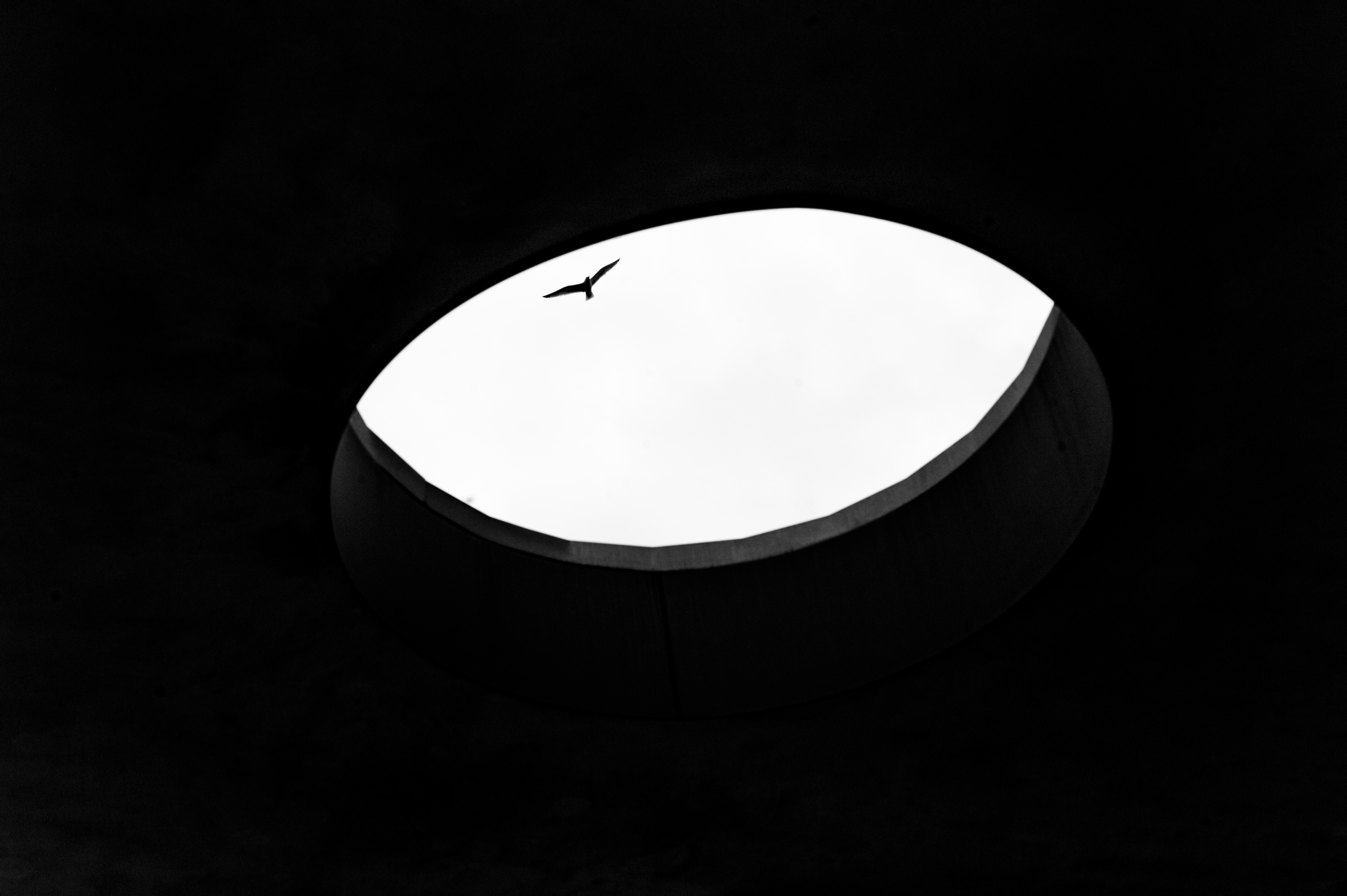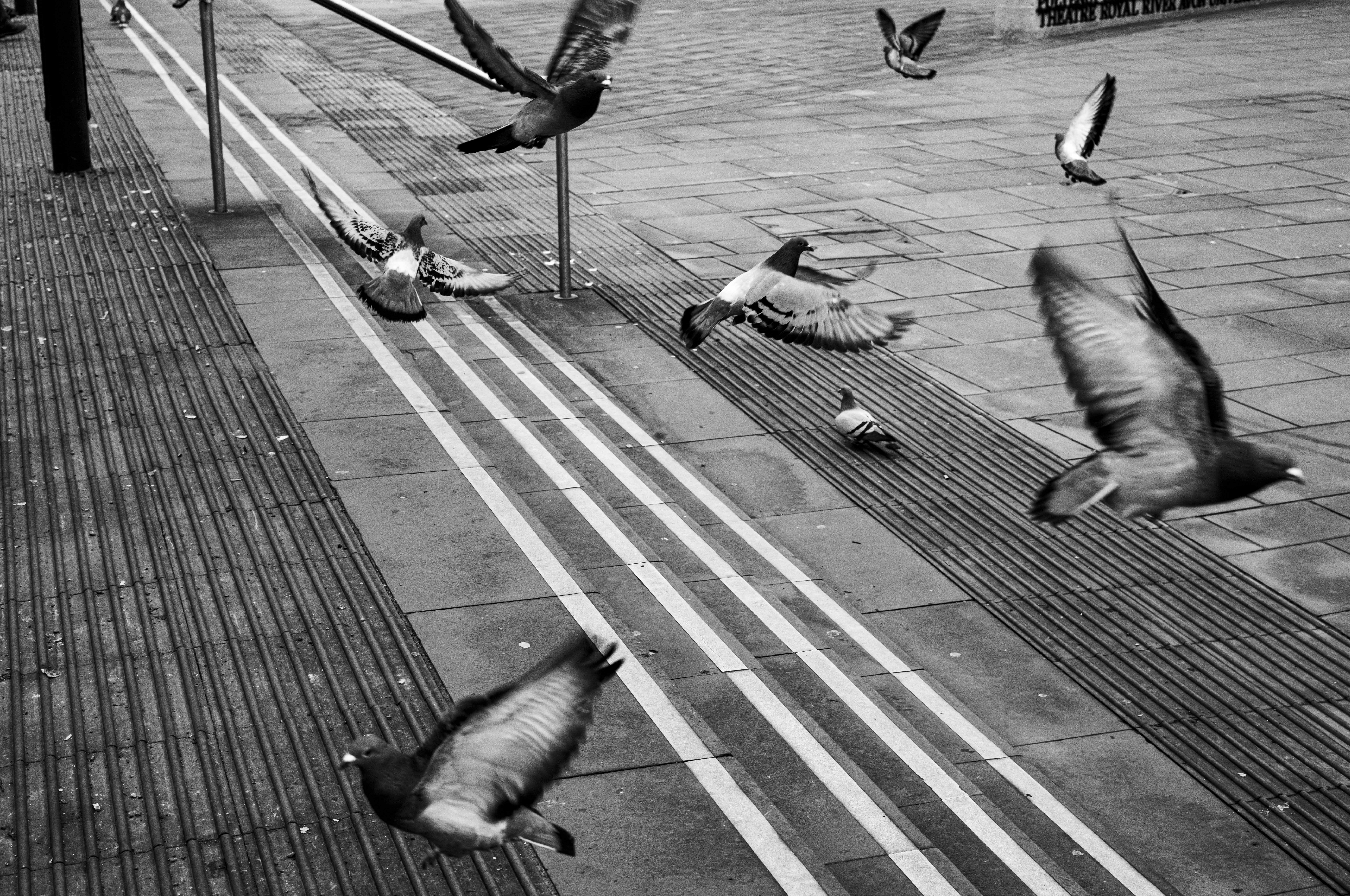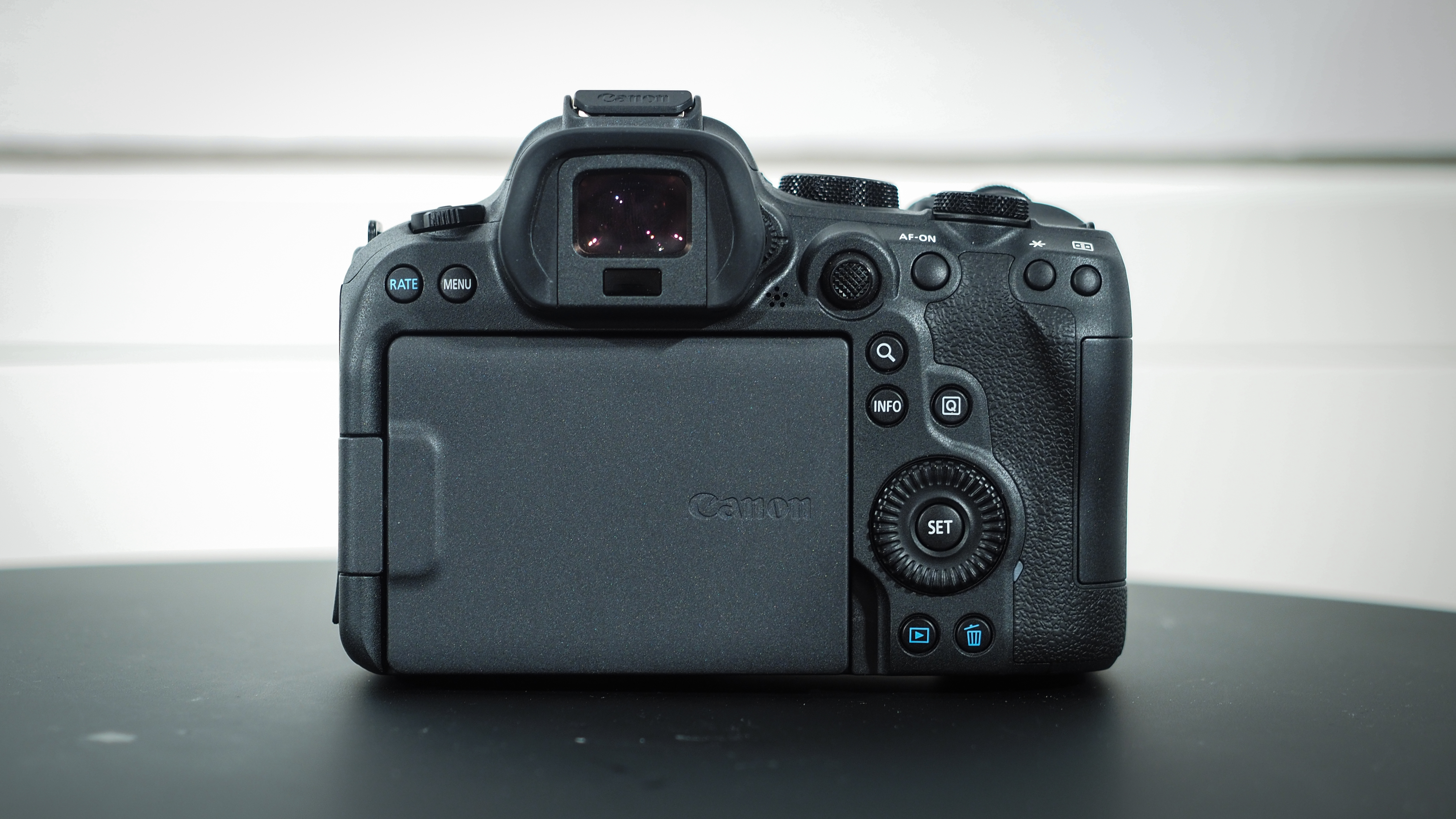The photography “hack” no one talks about – Put the camera down
Sometimes the best way to improve your photography is to stop shooting
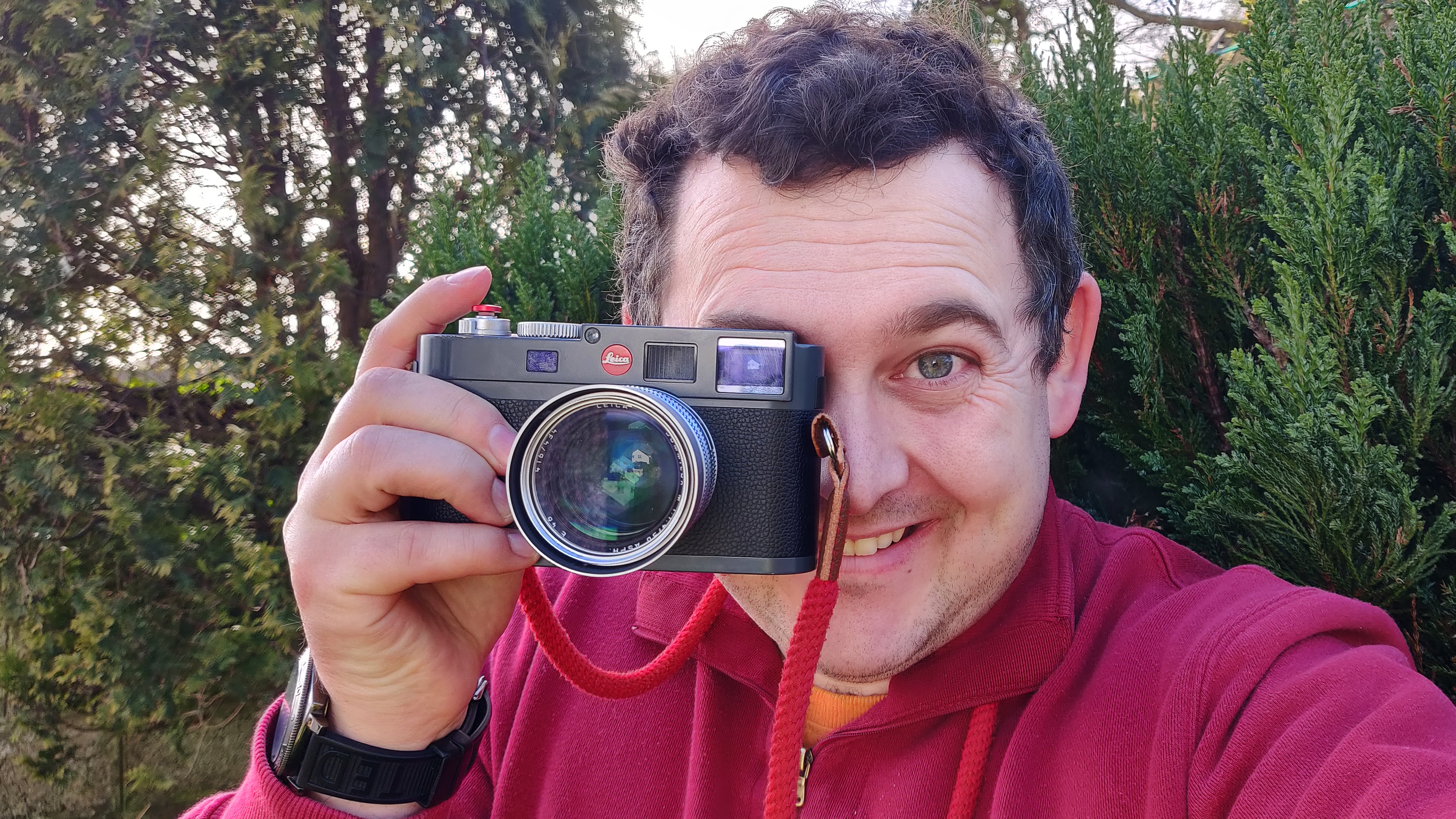
There’s an old saying that distance makes the heart grow fonder – and it turns out, it applies just as well to photography as it does to love. My journey behind the lens has been an incredibly fortunate one.
What started as a hobby quickly became a job, then a full-blown career that took me to the places I once dreamt of. And somehow, I’ve found myself full circle – once again photographing simply for the joy of it, all while remaining immersed in the world of photography as a journalist. It’s rare. It’s lucky. And it’s taught me a lot.
Perhaps the biggest lesson I’ve learned along the way isn’t something you’ll find in a manual or a YouTube tutorial. It’s this: the best thing you can sometimes do for your photography is to stop. To take a break. Put the camera down. Step back.
It sounds counterintuitive, but the moment you allow yourself that distance, you create space to breathe, to think, to reflect. That space becomes fertile ground for your creativity to grow again – on your terms, not the algorithm’s.
I’ve always believed in documenting the beauty of the mundane. The ordinary moments. The quiet scenes no one else notices. But there was a point where I felt disconnected from my own work – not because I didn’t care, but because I had never given myself the chance to pause and ask why I was making the images I was.
The answer didn’t come immediately, but over time, with the camera safely packed away, it began to form.
I recently wrote about the power of taking pictures just for yourself, and how that mindset can radically shift the way you see the world. But I owe that shift, in part, to the break I took before it. Without it, I wouldn’t have rediscovered that part of me that sees value in imperfection, charm in the everyday, and beauty in the unplanned.
The best camera deals, reviews, product advice, and unmissable photography news, direct to your inbox!
When I eventually picked up the camera again, I saw differently. More clearly. More honestly. My vision hadn’t just returned – it had refined itself.
There’s a quiet kind of humility that comes from stepping away. You lose the noise, the pressure, the obsession with output. You’re no longer chasing the next great frame or worrying whether it’ll land well on social media. You begin to realise the joy of simply seeing again – with your eyes, not just your lens.
That’s the kind of perspective you can’t force. You have to live a little. Miss it a little. And then come back to it when it feels right.
So if you’re feeling lost, uninspired, or unsure of what direction to take, don’t be afraid to pause. Let yourself put the camera down without guilt. Live your life.
And when you’re ready – really ready – to pick it back up again, you might just find that your photography has moved forward in ways you never expected.
You might also like...
Is your equipment giving you enough inspiration? Find the right tool for you – take a look at the best mirrorless cameras, the best rangefinder cameras and the best film cameras.
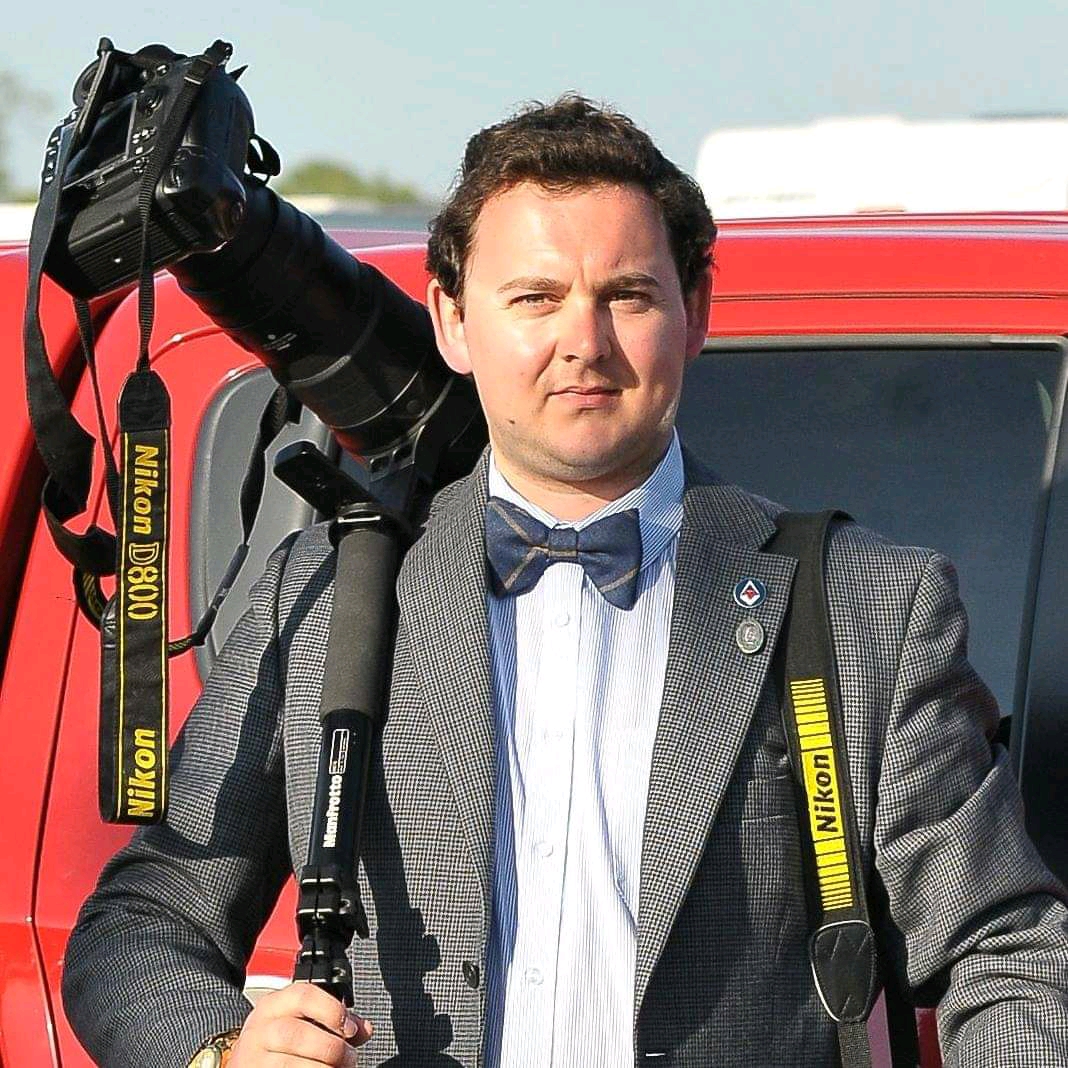
For nearly two decades Sebastian's work has been published internationally. Originally specializing in Equestrianism, his visuals have been used by the leading names in the equestrian industry such as The Fédération Equestre Internationale (FEI), The Jockey Club, Horse & Hound, and many more for various advertising campaigns, books, and pre/post-event highlights.
He is a Fellow of the Royal Society of Arts, holds a Foundation Degree in Equitation Science, and holds a Master of Arts in Publishing. He is a member of Nikon NPS and has been a Nikon user since his film days using a Nikon F5. He saw the digital transition with Nikon's D series cameras and is still, to this day, the youngest member to be elected into BEWA, the British Equestrian Writers' Association.
He is familiar with and shows great interest in 35mm, medium, and large-format photography, using products by Leica, Phase One, Hasselblad, Alpa, and Sinar. Sebastian has also used many cinema cameras from Sony, RED, ARRI, and everything in between. He now spends his spare time using his trusted Leica M-E or Leica M2, shooting Street/Documentary photography as he sees it, usually in Black and White.
You must confirm your public display name before commenting
Please logout and then login again, you will then be prompted to enter your display name.

